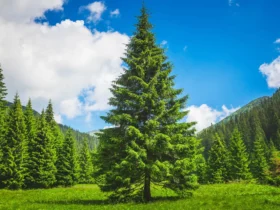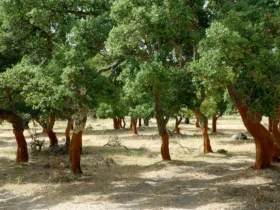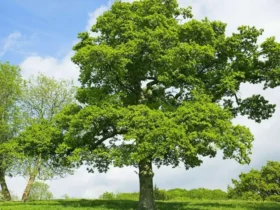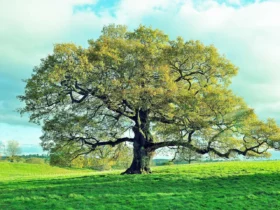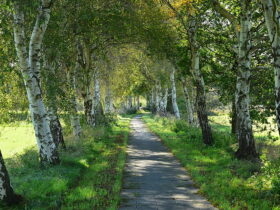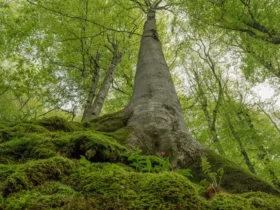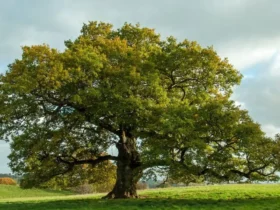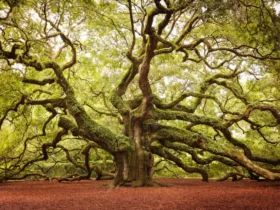Tree species are an important part of human life. They help make the environment greener and play an important role in balancing ecosystems. Among them are many of the world’s longest-lived tree species, and this article will discuss these species to gain a better understanding of the strength and resilience of nature.
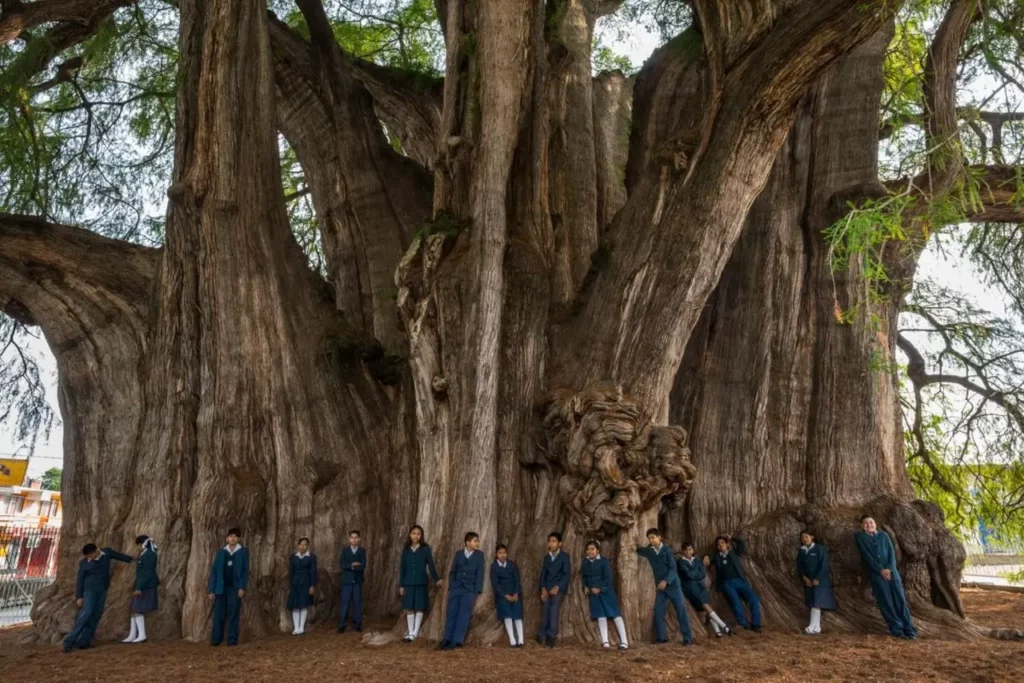
List of the longest-living tree species today
Here are the oldest living tree species that we have collected, let’s explore them together:
1. Argan tree
At the top of the list of the longest-living trees, we cannot ignore the Argan tree, found in high mountainous areas in California and Nevada. This species of tree can live up to 5,000 years old. They are resilient and can withstand the harsh weather conditions and drought, which is why they can survive for such a long time.
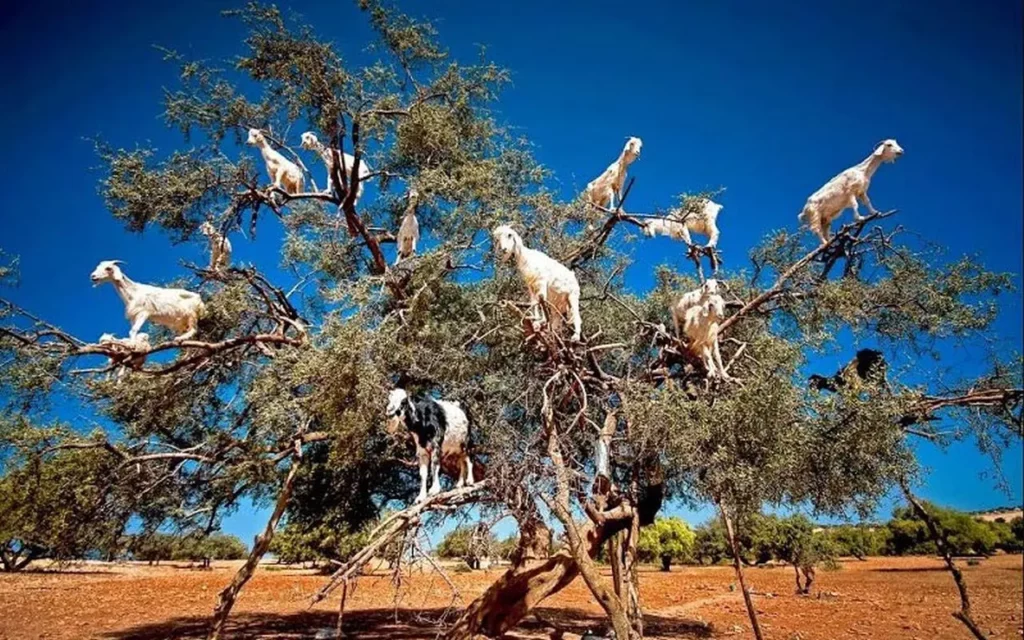
2. Bristlecone Pine
Bristlecone Pine is one of the oldest trees in the world, with some trees reaching up to 5,000 years old. They play a major role in preserving nature and are an important part of the local ecosystem. Moreover, this tree species carries meanings that contain unique spiritual stories.
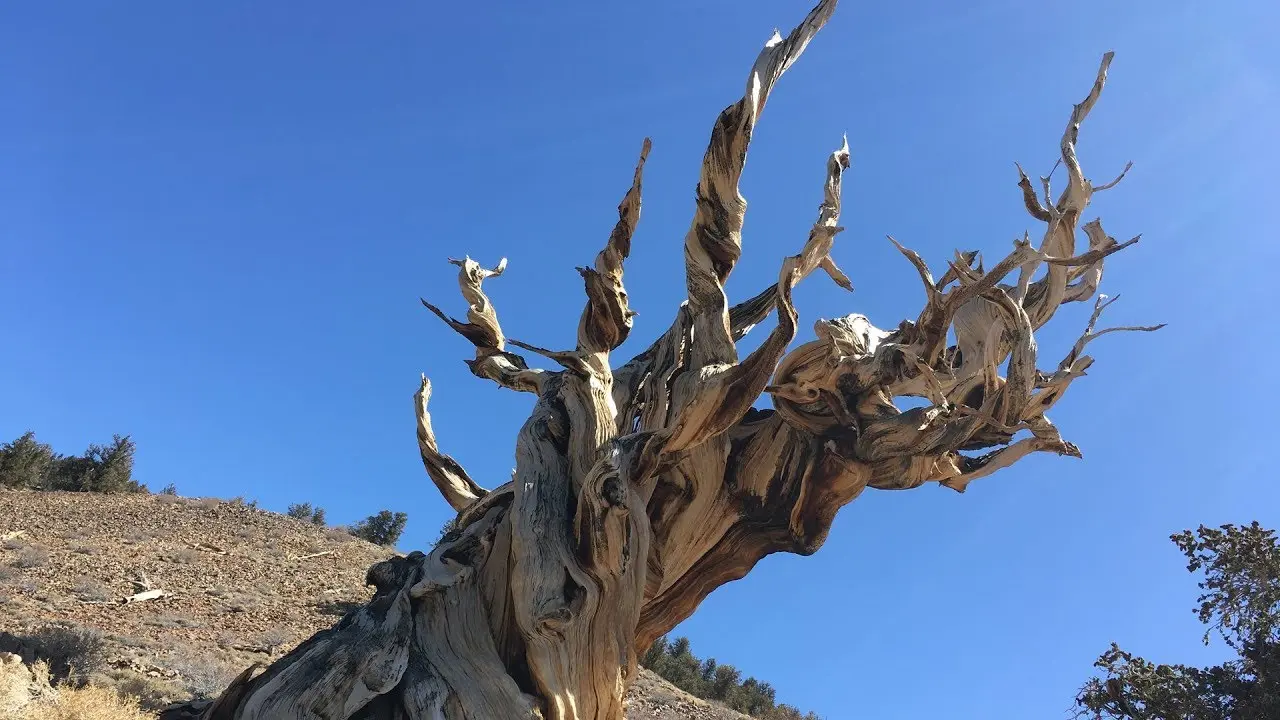
3. Jomon Sugi Tree
The next tree on the list is the Jomon Sugi Tree, which is found in a UNESCO World Heritage Site in Japan. It is one of the trees with the highest lifespan, reaching up to 5,000 years old. This tree has an ancient and timeless appearance that transcends time and space.
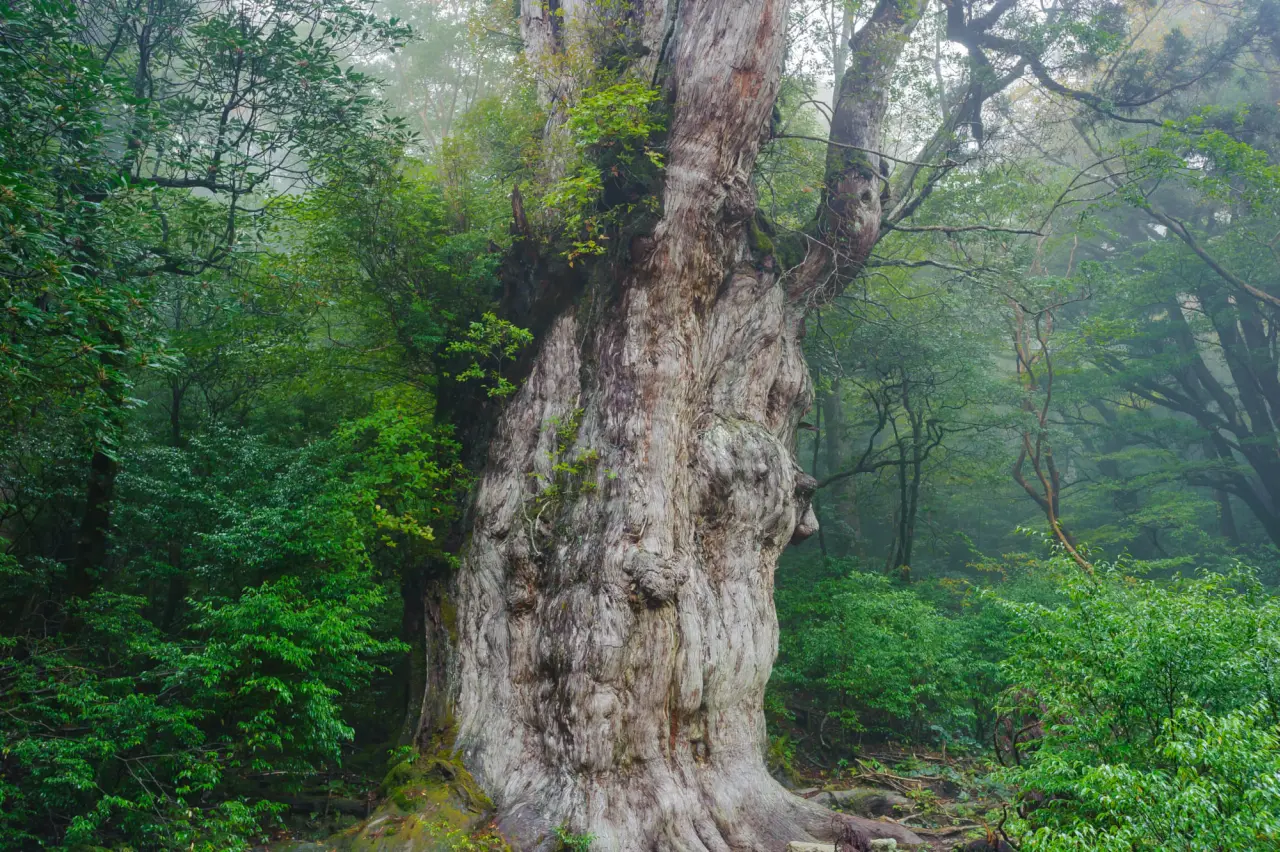
4. Llangernyw Yew Tree
The Llangernyw Yew tree has a long lifespan of up to 4,000 years, discovered by locals in a small village, and has since been ranked as one of the oldest and longest living trees in the world to this day. This tree species is closely associated with the childhood memories of many generations living in the area.
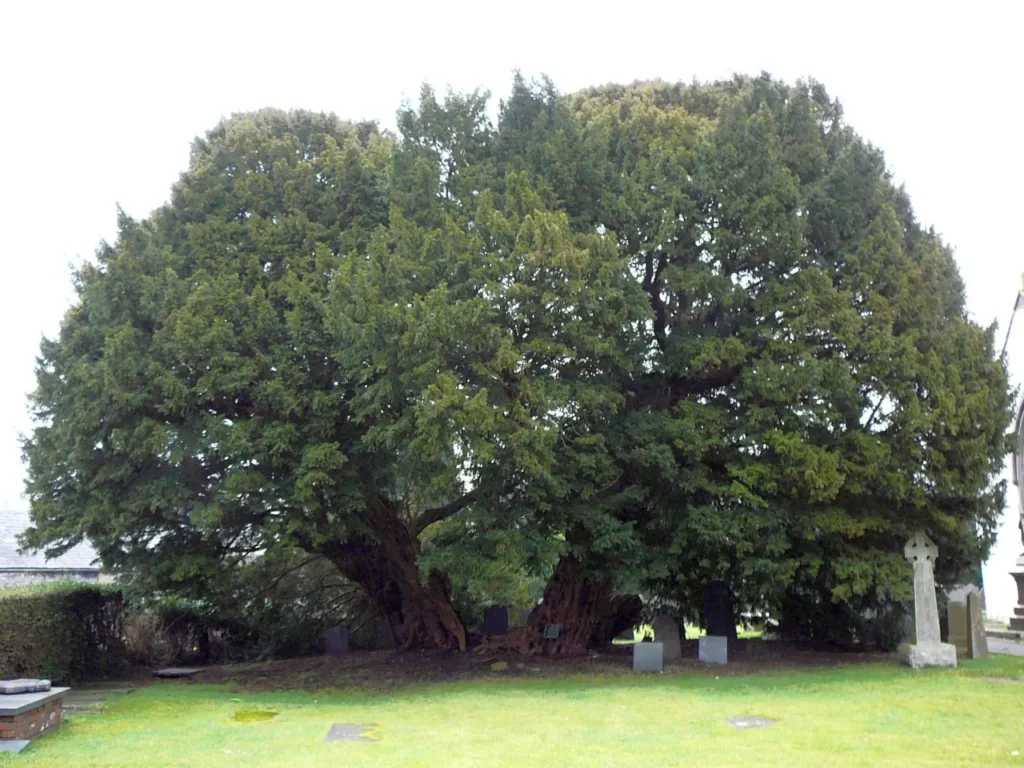
5. Alerce Tree
The Alerce tree is currently 3,640 years old, an impressive number that is sure to continue to exist and live on over time. This species is native to the Andes Mountains and most of them that still exist are also trees with remarkable longevity.
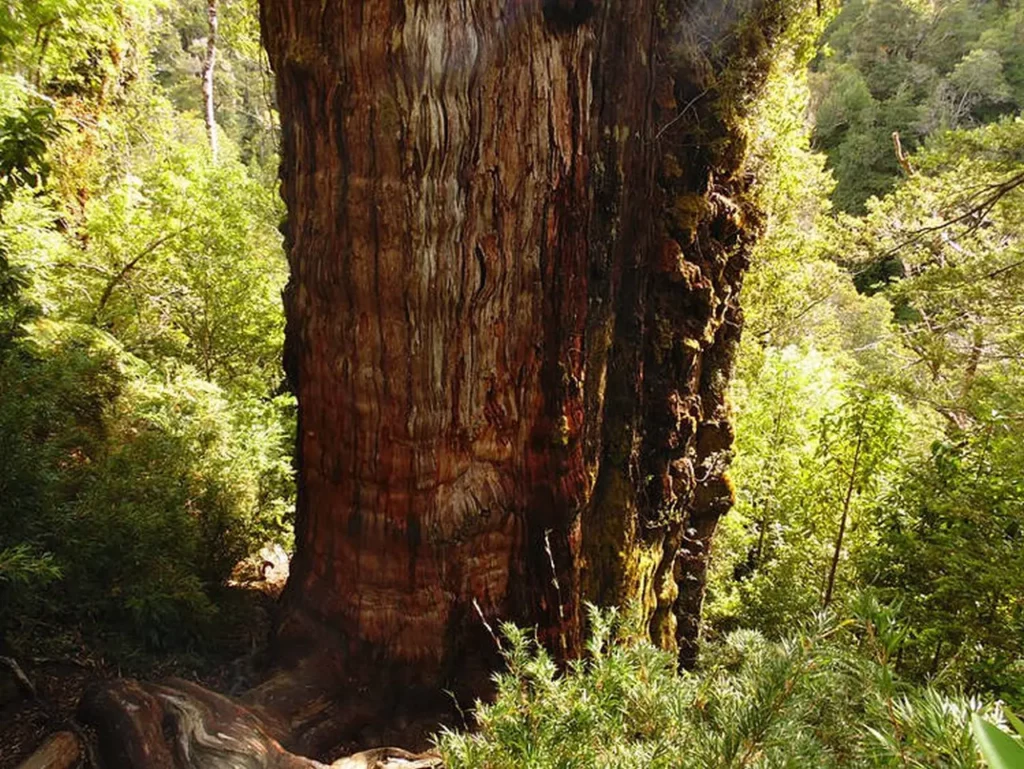
6. Sequoia Tree
The Sequoia tree, also known as the giant redwood, has a lifespan of up to 3,000 years. They are found in forested areas in California and are an important part of the landscape and ecology of the region.
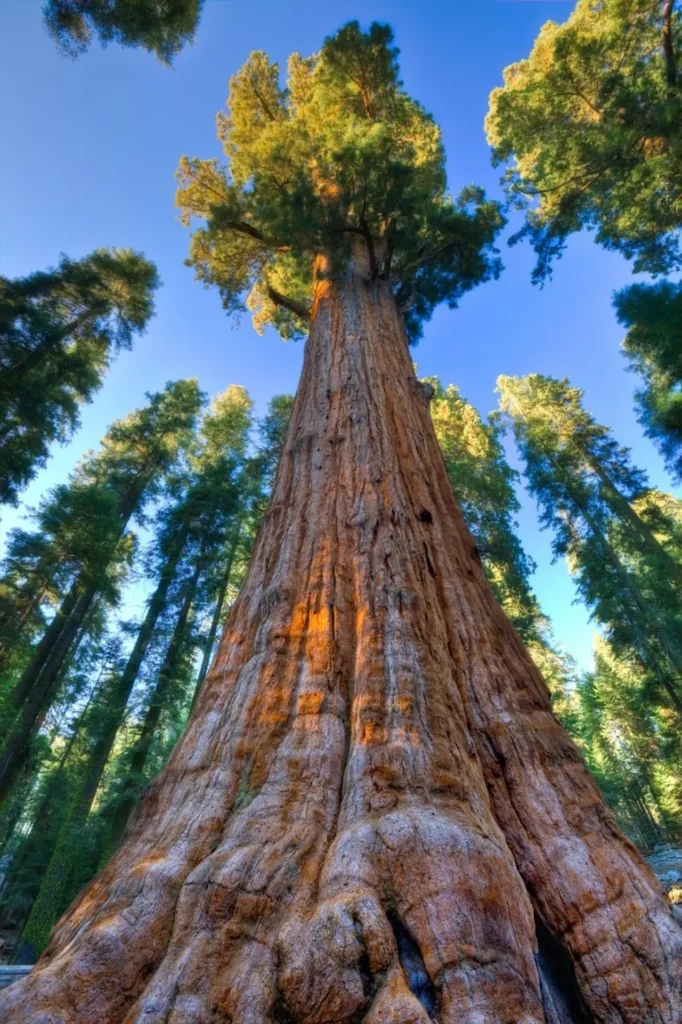
7. Forest Patriarch Tree
This is a species of tree that can live up to 3,000 years old and is found in Brazil. They have a long-standing relationship with the local people and are associated with legendary stories passed down from generation to generation in this place.
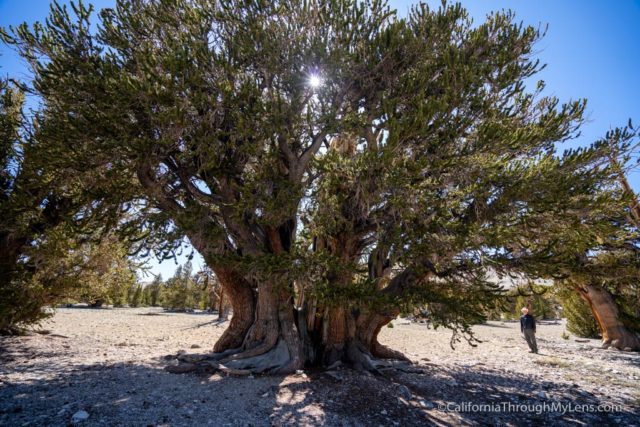
8. The Ancient Tree
When it comes to ancient tree species, almost everyone has heard of them. This is the longest-living species among coniferous trees, with some trees reaching up to 2,000 years old. They are found in forests throughout Europe and are used in pharmaceutical products, as well as being a source of raw materials for the supply, production of paper, wood, and furniture industries.
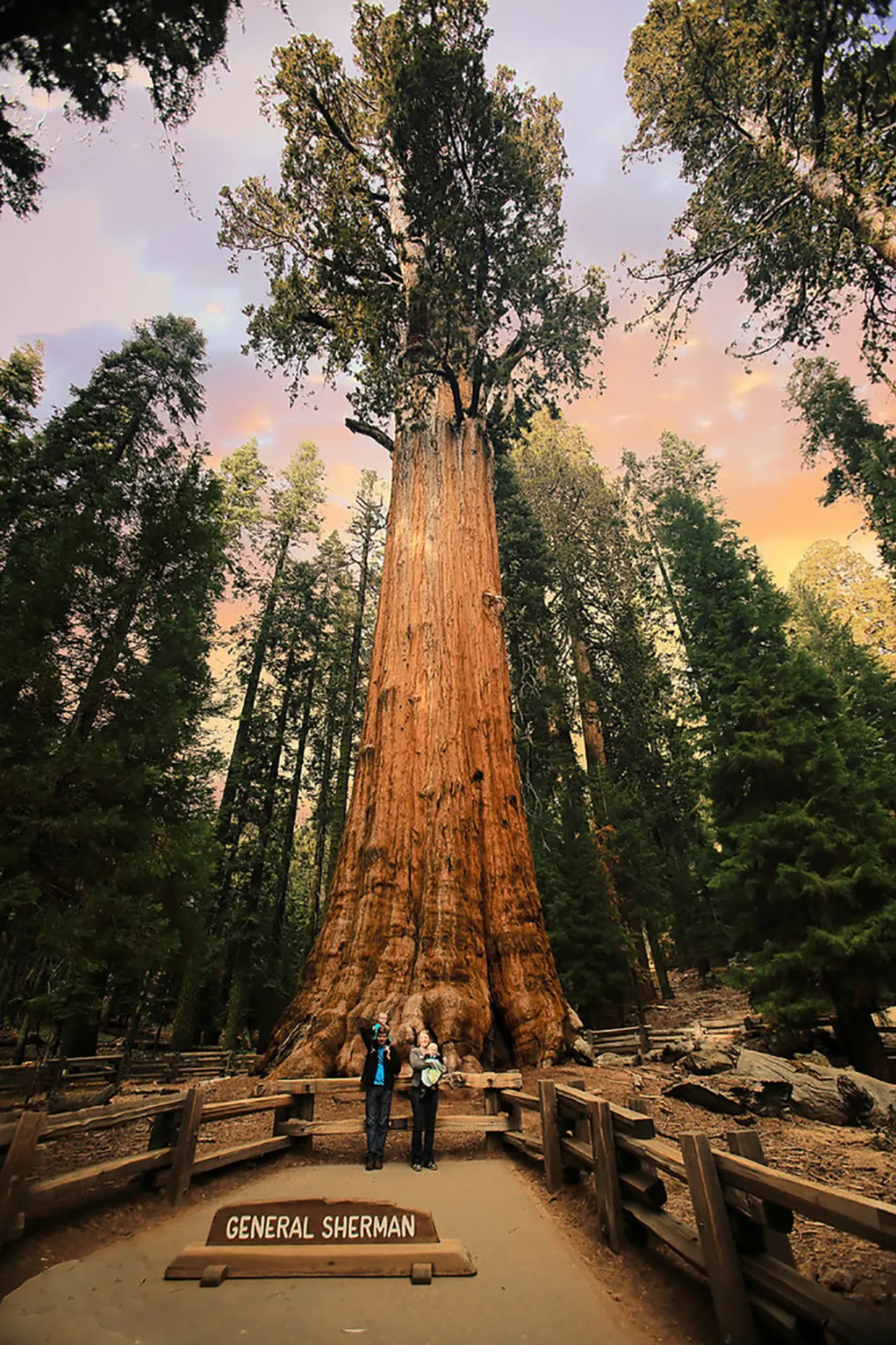
9. Olive Tree
The Olive tree has a long lifespan, with some trees reaching up to 2,000-3,000 years old. They are widely cultivated in Europe, Africa, and Asia and are used in the production of olive oil and food. They bring high profit and commercial value to the people in these areas.
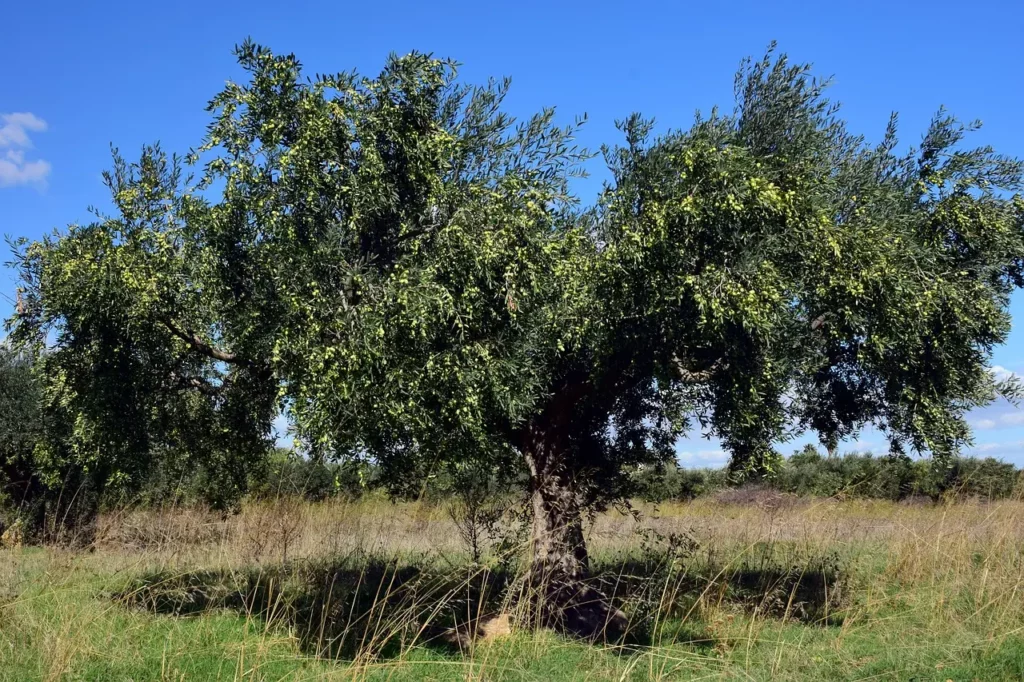
Thereby, we can see a panoramic picture of the resilient tree species that have existed for up to 5,000 years and have withstood the test of time and space. So what significance do these tree species have for our lives?
The role of long-living tree species in nature
Long-living tree species play a crucial role in maintaining balance in the environment, which is very important for every individual’s life. Specifically, they:
- Providing oxygen to the environment: Green plants are an important source of oxygen for humans and other living organisms. During the process of photosynthesis, plants use sunlight to produce oxygen and release carbon dioxide, which is essential to maintaining the balance of life on Earth.
- Absorbing pollutants and releasing oxygen: Long-lived plant species have the ability to absorb harmful substances, such as pollutants in the environment like exhaust fumes from vehicles, methane, nitrogen, and oxides. These harmful substances are absorbed into the leaves of plants and transformed into nutrients, making the foliage greener and healthier.
- Maintain soil and prevent erosion: Trees with deep and strong roots, especially long-lived trees, help to hold soil tightly and prevent soil erosion. They also protect the soil from destruction by grass or animals.
- Provide essential food for life: As we know, plants are a valuable resource that provides food for humans and animals. Many plants are grown to provide food such as vegetables, fruits, grains, and medicinal plants.
- Provide abundant raw materials: Industrial plants provide wood as raw materials for industries such as paper production, wood processing, and biofuels.
- Improve air quality: Plants in general absorb harmful gases and release oxygen, which helps improve air quality, making living spaces cleaner and healthier.
- Creating a habitat for animals and other species: Forested areas with many green trees are an ideal environment that no animal wants to leave. Trees create a favorable habitat for animals and other living things, helping to maintain biodiversity on Earth.
- Plant species are witnesses to the history of the development of an era, especially long-lived ones, which serve as living witnesses to the endless changes of humans and times. They also have longer lifespans than human civilization itself.
Therefore, we can see that plant species play an important role in the development and maintenance of life on Earth. They provide many important benefits for the economy and health of humans and the environment. However, the issue of exploiting these resources is currently at an alarming level.
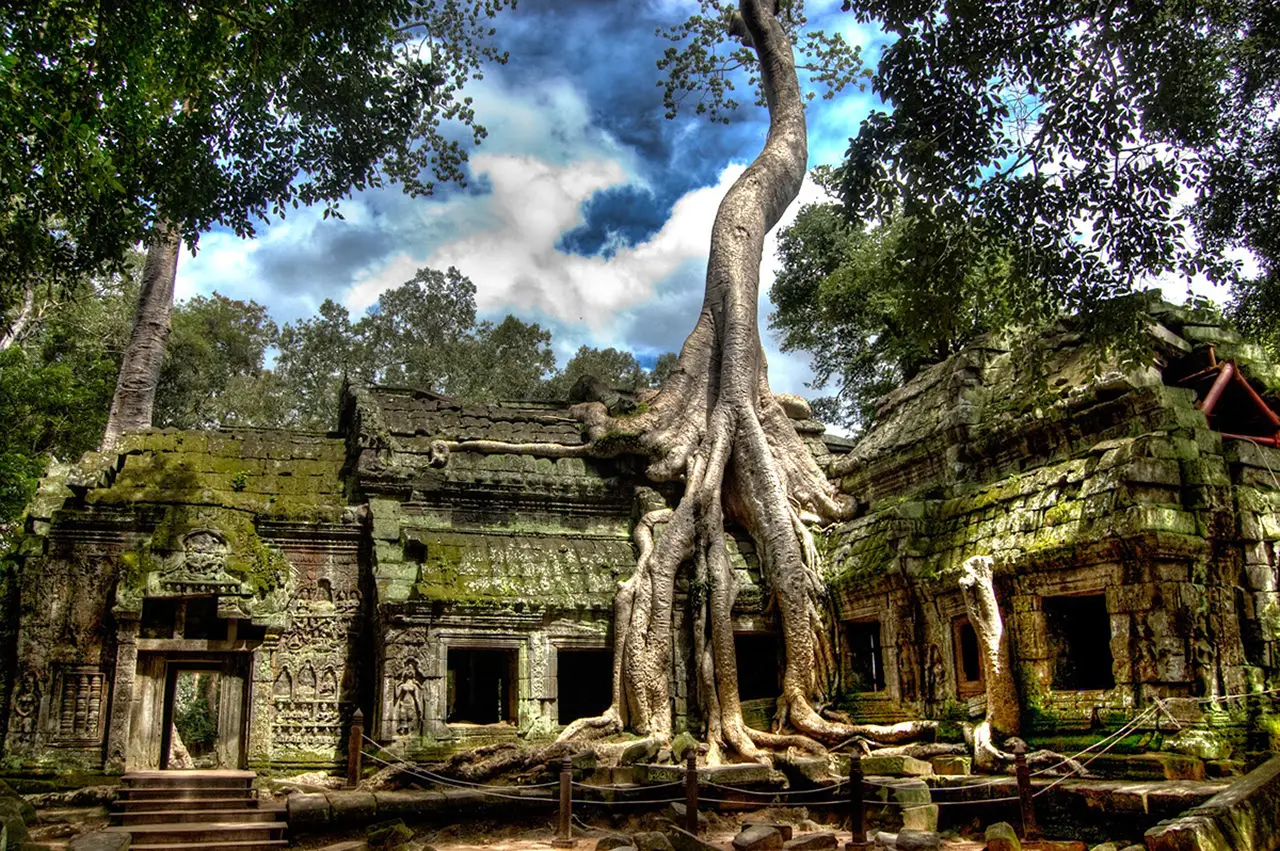
Above are the most resilient tree species that we have researched and compiled. We hope this article provides you with the necessary information. See you in the next articles.
